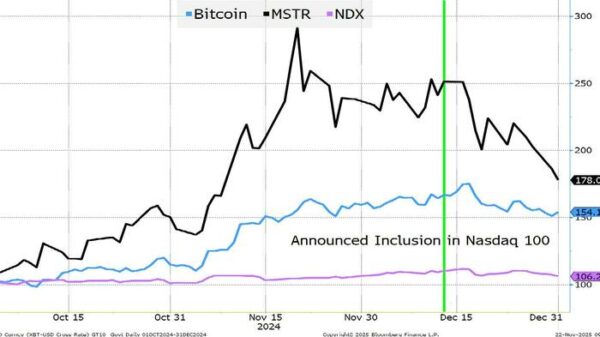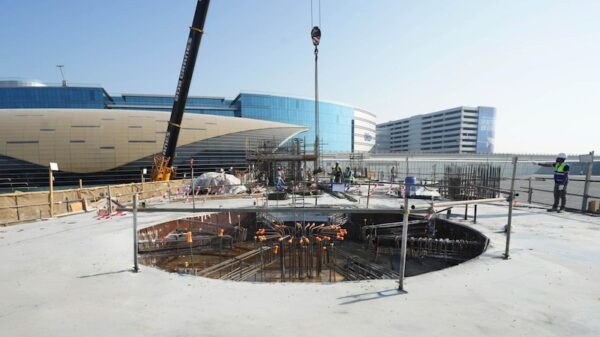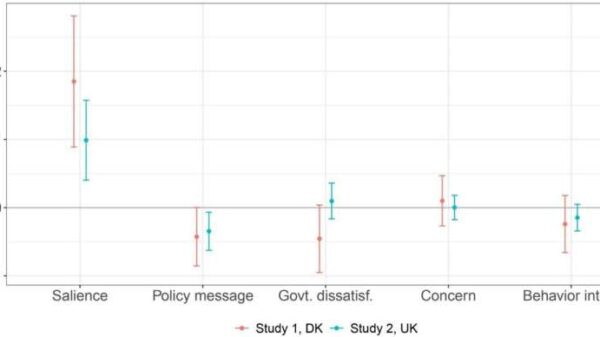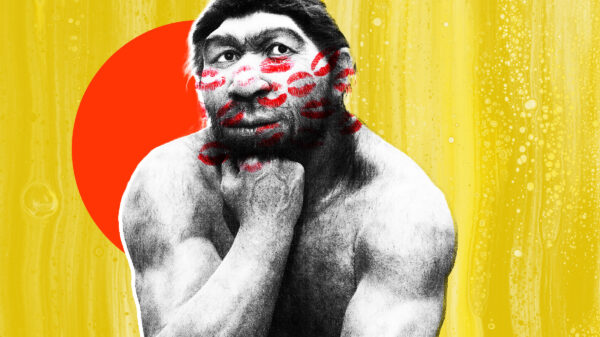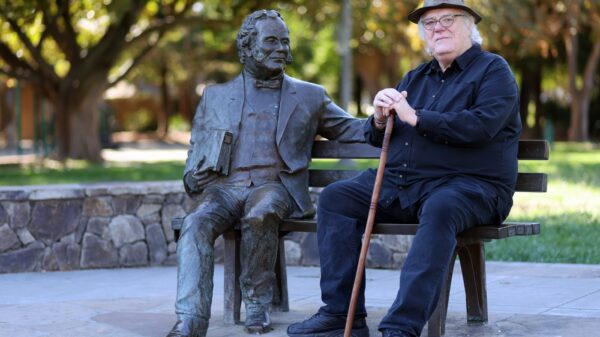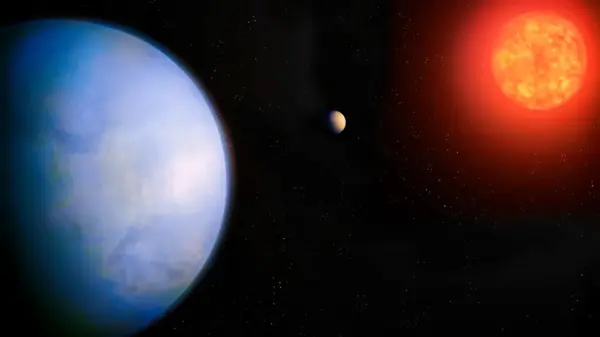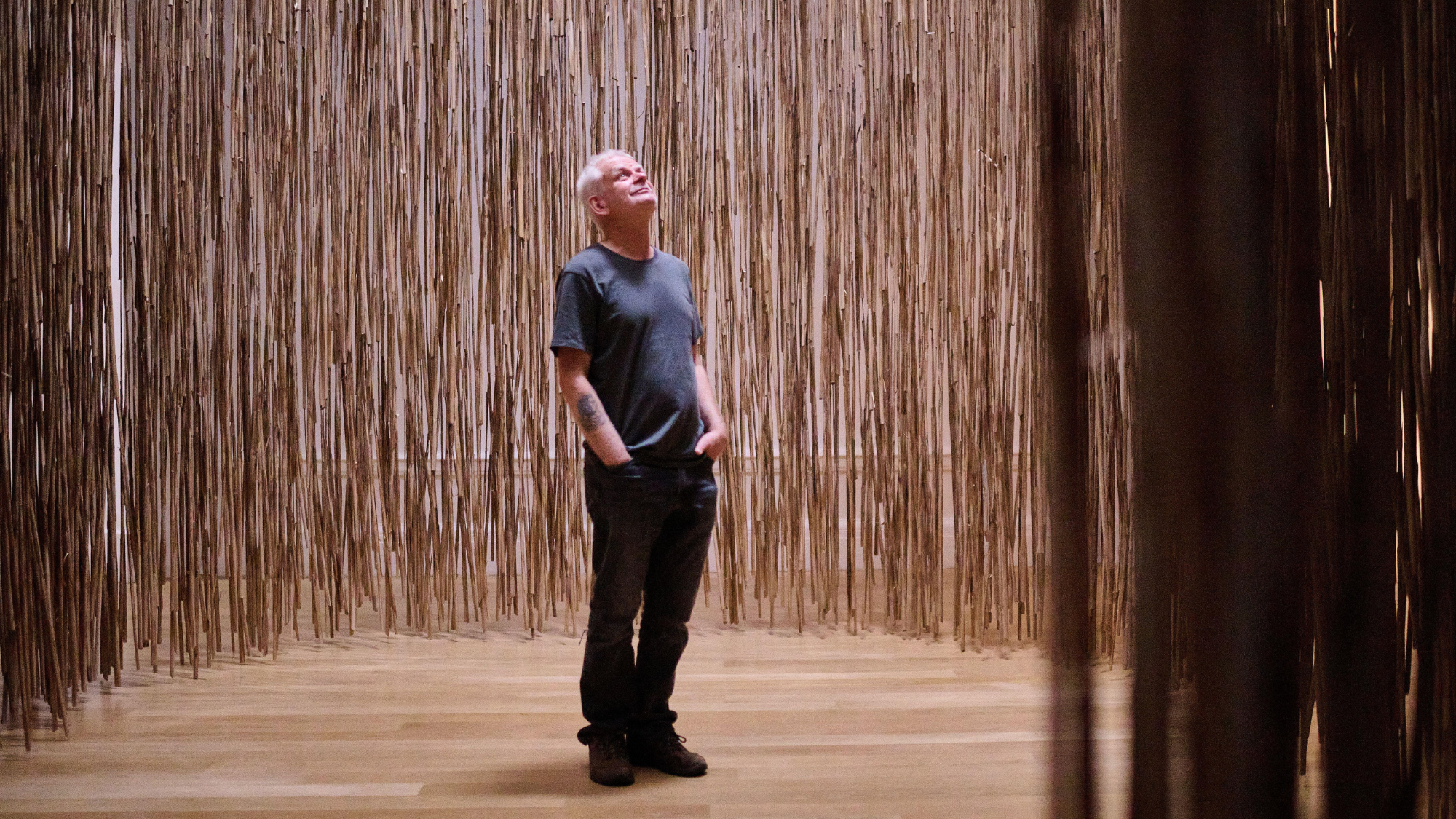Andy Goldsworthy, a prominent figure in landscape art, is being celebrated with a major retrospective exhibition at the Royal Scottish Academy in Edinburgh. Running until November 2, 2023, the show marks the artist’s 50 years of work, showcasing over 200 pieces that highlight his unique relationship with the natural world.
Critics and art enthusiasts alike have long recognized Goldsworthy’s ability to create “delightful” works from simple materials such as rocks, leaves, and mud. According to Waldemar Januszczak in *The Sunday Times*, Goldsworthy’s art is imbued with “magical” qualities that resonate deeply with the public. Despite his popularity, some in the art establishment have failed to fully appreciate his contributions, often dismissing his work as too accessible and lacking depth.
The exhibition offers a comprehensive view of Goldsworthy’s career, encompassing photographs, films, drawings, and major installations. The pieces reveal an artist who engages profoundly with the landscapes that inspire him. Visitors are greeted by a striking installation: a long sheepskin rug made from shearing scraps, dyed with farmers’ marks and stitched together using thorns. This piece, set against the classical architecture of the gallery, sets the tone for a journey through Goldsworthy’s artistic evolution.
Exploring the Depth of Goldsworthy’s Work
Goldsworthy’s art does not simply romanticize nature; instead, it invites viewers to confront the “raw sadness and beauty” of the British countryside, as noted by Jonathan Jones in *The Guardian*. One of the exhibition’s highlights is a perforated screen crafted from rusty barbed wire, which adds a layer of complexity to the viewer’s experience. At the top of the grand staircase, this installation evokes a sense of mystique while challenging perceptions of beauty.
The artist’s fascination with natural materials is further exemplified in a series of watercolours created using hare’s blood and snow. Such innovative techniques reflect Goldsworthy’s commitment to working with elements directly sourced from the environment. Much of his outdoor work is documented through photographs and videos, including the “Grizedale Wall,” a gracefully curving stone structure nestled within a forest, and the colossal snowball transported from the Scottish Highlands to London’s Smithfield meat market in June 2000.
Addressing Political and Social Themes
Goldsworthy’s work extends beyond aesthetic appeal; it engages with significant political themes surrounding agriculture and land use. Alastair Sooke from *The Daily Telegraph* emphasizes that Goldsworthy’s art grapples with contentious rural issues such as land ownership and access. Through recurring motifs of walls, fences, and fissures, he provokes thought about the relationship between humans and the land they inhabit.
A poignant example is his piece “Gravestones” (2025), which features an assemblage of stones sourced from cemeteries across Dumfries and Galloway, where Goldsworthy resides. This installation serves as a meditation on mortality, highlighting the inevitability of death while celebrating the beauty found in impermanence.
The Royal Scottish Academy‘s exhibition presents a nuanced portrait of Goldsworthy, challenging the notion that he is merely a “crowd-pleasing softie.” Instead, it underscores the depth and complexity of his work, which is both “beautiful and raw.” As the art world reflects on his legacy, this retrospective affirms Goldsworthy’s status as one of the finest landscape artists of our time.

















